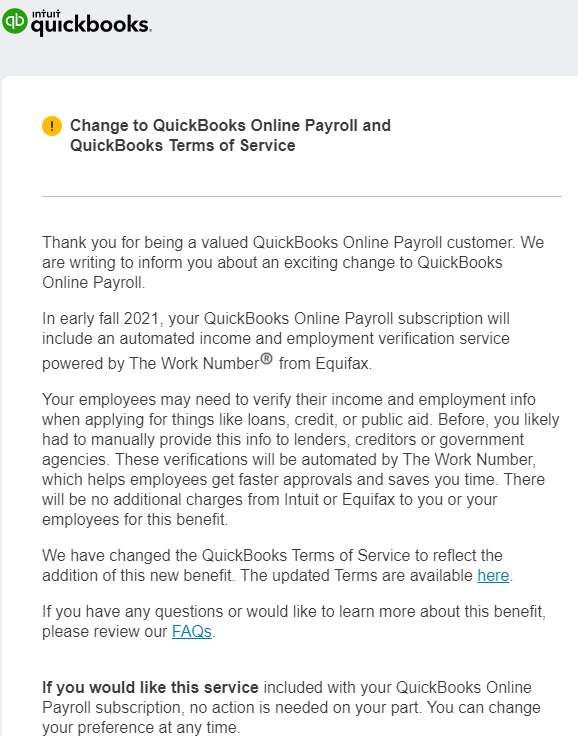After bootstrapping since 2002, Articulate raises $1.5B on $3.75B valuation
Most companies don’t announce their first venture investment after almost 20 years in the business, nor do they announce that round is the equivalent of a good startup’s entire private fundraising history. But Articulate, a SaaS training and development platform, is not your typical company and today it announced a whopping $1.5 billion investment on a $3.75 billion valuation.
You can call it Series A if you must label it, but whatever it is, it’s a hefty investment by any measure. General Atlantic led the round with participation from Blackstone Growth and Iconiq Growth. GA claims it’s one of the largest A rounds ever, and I’m willing to bet it’s right.
CEO Adam Schwartz founded the company with his life savings in 2002 and hasn’t taken a dime of outside investment since. “Our software enables organizations to develop, deliver, and analyze online training that is engaging and effective for enterprises and SMBs,” Schwartz explained.
He says that the company started back in 2002 as a plug-in for PowerPoint. Today it is a software service with the goal of helping enable everyone to deliver training, even if they aren’t a training professional. Articulate actually has two main products, one is a set of tools for companies building training that connects to an enterprise learning management system or LMS. The other is aimed at SMBs or departments in an enterprise.
Its approach seems to be working with the company reporting it has 106,000 customers across 161 countries including every single one of the Fortune 100. Schwartz was loath to share any additional metrics, but did say they hope to use this money to grow 10x over the next several years.
Company president Lucy Suros, who has been with the organization for a decade, says even with this success, they see plenty of opportunity for growth and they felt taking this capital now would really enable them to accelerate.
“We are the most dominant player by far in course authoring apps, but when you look at that whole ecosystem and you think about where companies are in transforming from instructor-led training to online training, they’re still really in the early innings so there’s a lot of opportunity,” she said.
Anton Levy, co-president and managing director at General Atlantic, who is leading the investment for the firm, says that this is a “big, bold, incredible business” and that’s why they’re making an investment of this size and scope. “The reason we’re stepping up in such a large way, and what’s such a large check for us, is because of the business they’ve built, the team they’ve built, and frankly the market opportunity that they’re playing in and their ambition,” he said.
Today the company has 300 employees and they have been working as a remote company long before COVID. With the new capital, that number could triple over the next several years. Suros says that when she started at the company, there were 50 employees, mostly male engineers and she went to work to make it a more diverse work environment.
“We’ve put emphasis and a lot of just structural things in place to ensure that we are bringing more [diverse] people to the table, and then supporting folks once they’re here,” she said. With the new capital, the company announced a lot of new benefits and she said those were developed with the idea of helping break down barriers for under-represented groups in their ranks including covering gender transition-related costs.
She says that one of the benefits of becoming more visible as a company is being able to talk about and their human-centered organization framework, the set of principles the company put in place to define its values. “[We think about] how that can impact the employees and drive human flourishing for its own sake, and that also happens to lead to better business outcomes. But we’re really also interested in it from [the standpoint that] we want to be good and do good in the world and promote human flourishing at work,” she said.
The company seems to have been doing just fine up until now, but with this kind of capital, it aims to take the business to another level, while trying to be good corporate citizens as they do that.
![]()




